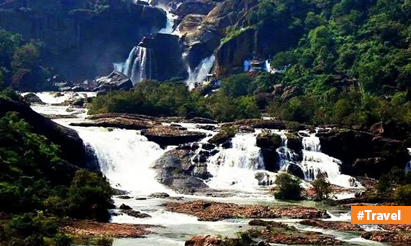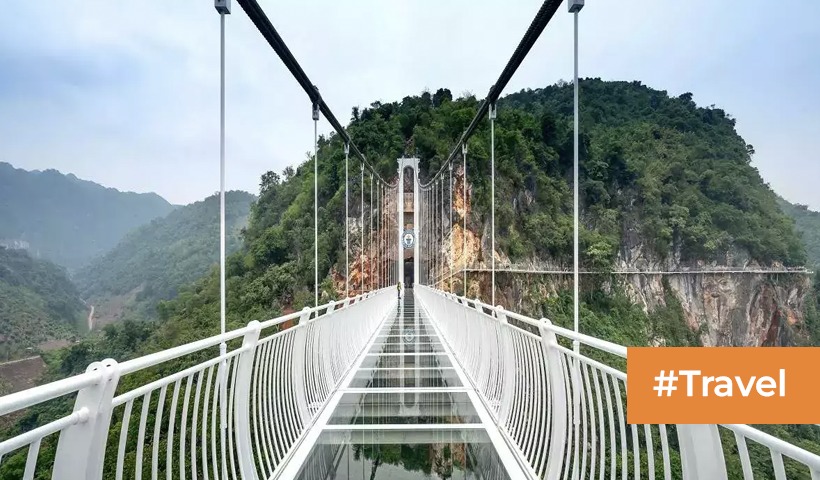Living Root Bridges in Meghalaya: Exploring their Unique Wonders!
Nestled in the picturesque state of Meghalaya in northeastern India, one can find a natural marvel that is as astonishing as it is captivating—the living root bridges. These architectural wonders, carefully crafted by the Khasi and Jaintia tribes, have stood the test of time and continue to fascinate visitors from around the world. In this article, we delve into the extraordinary beauty and significance of living root bridges, and what makes them truly special.
- A Living Work of Art: Unlike conventional bridges made of stone or metal, living root bridges are created by guiding the roots of the Ficus elastica tree (also known as the rubber tree) across rivers and streams. The roots are skillfully intertwined and allowed to grow over time, forming strong and sturdy bridges. It is an awe-inspiring example of nature and human ingenuity working in harmony.
- Ancient Tradition and Heritage: The art of creating living root bridges dates back centuries and is deeply rooted in the cultural heritage of the Khasi and Jaintia tribes. Passed down through generations, the knowledge of shaping these bridges has been meticulously preserved, making it an integral part of the local traditions and customs. These bridges not only serve as a means of transportation but also stand as a testament to the indigenous communities’ deep connection with nature.
- Unmatched Resilience and Durability: One of the most remarkable aspects of living root bridges is their incredible durability. These natural structures are designed to withstand the harsh monsoon seasons and the powerful forces of nature. As the roots continue to grow and strengthen over time, the bridges become even more robust, with some spanning over 100 feet in length. It is a testament to the immense strength and adaptability of nature’s creations.
- Ecological Harmony: Living root bridges exemplify the principles of sustainable architecture and ecological harmony. Unlike conventional bridges that require the felling of trees and extensive construction, these bridges are created using living trees without causing any harm to the environment. They promote biodiversity by providing habitats for various flora and fauna, and their presence helps preserve the delicate ecosystem of the surrounding rainforests.
- UNESCO World Heritage Status: In recognition of their exceptional cultural and natural value, Meghalaya’s living root bridges have been designated as a UNESCO World Heritage Site. This prestigious status highlights their significance as unique cultural landmarks that deserve preservation and global recognition. It also draws attention to the need for sustainable practices and the importance of indigenous knowledge in conserving natural resources.
- Adventure and Exploration: Visiting the living root bridges offers an unforgettable adventure for travelers. Trekking through lush rainforests, crossing streams, and navigating through remote villages adds to the charm of the experience. Meghalaya is home to several living root bridges, including the famous double-decker root bridge in Nongriat village, which is a popular destination for trekking enthusiasts seeking an offbeat and immersive adventure.
Conclusion: The living root bridges of Meghalaya stand as a testament to human creativity, environmental stewardship, and cultural heritage. These living structures, woven over time by the interplay of nature and indigenous communities, hold a timeless allure that draws travelers from far and wide. As you traverse these natural wonders, you will not only be enchanted by their beauty but also gain a deeper appreciation for the symbiotic relationship between humans and the environment. The living root bridges of Meghalaya are not just bridges; they are living testaments to the power of collaboration between nature and humanity.
Disclaimer: The views expressed above are for informational purposes only based on industry reports and related news stories. PropertyPistol does not guarantee the accuracy, completeness, or reliability of the information and shall not be held responsible for any action taken based on the published information.




